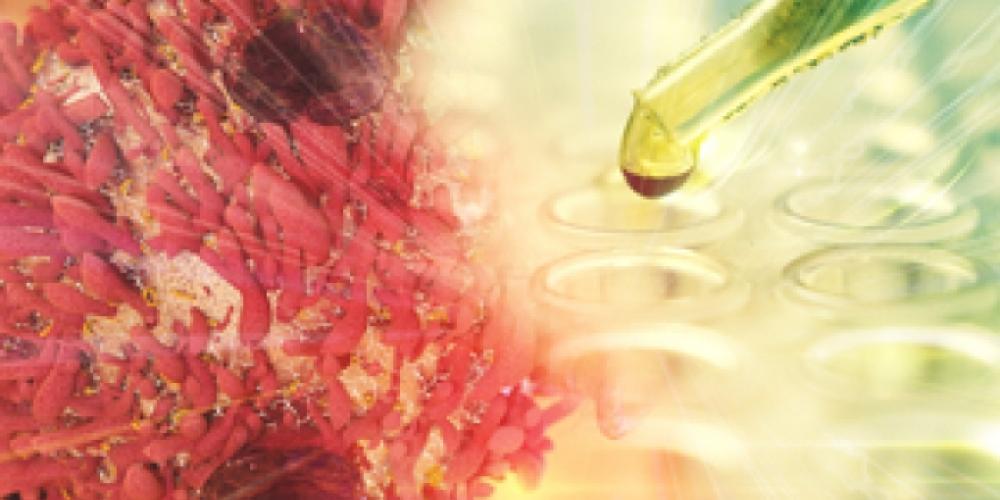
A lot is being written at the moment about the role of dendritic cells (DCs) in the development of immunotherapies, and a lot of investment is being made in scientific research into these cells. The discovery by Professor Van Ginderachter and his team of two suitable DC-types opens the door to new possible cancer treatments: DCs are extracted from tumours that have been removed from the patient and are subsequently used to ‘vaccinate’ the patient. This way the patient’s own immune system is activated to slow down tumour growth.
Surprise: two DCs in human tumour tissue
Contrary to expectations, the team identified two DC-groups in the tumour tissue which strengthen the immune system. They were named cDC1 and cDC2. Both DC groups elicit a specific set of immune-reactions.
We think dendritic cells from tumour tissue are the perfect way to fight cancer
“We think DCs from tumour tissue are perfect to use as immunotherapy in the fight against cancer," says Van Ginderachter. "Especially now that we know that they provoke a strong anti-tumour response, even though they only have a limited presence in the tumour. We were totally surprised by the discovery that there were two different DC-types suitable in the removed tumours.”
Tomorrow’s immunotherapies
Professor Van Ginderachter and his team, which includes PhD Student Jiri Keirsse and post-doctoral researcher Dr Damya Laoui, used external experts to identify the dendritic cells and to obtain the human tissue for their research. A special and essential role was set aside for Martin Guilliams (VIB-UGent), an authority when it comes to DCs. Massimiliano Mazzone (VIB-KU Leuven) had access to samples of human tumours and handled the coordination to ensure these tissue samples were available.
We use tissue from real tumours for the study. The next step is to check if vaccines also work in patients
As Professor Van Ginderachter (VIB-VUB) explains, “We used tissue from real tumours for this study. The logical next step is to check if the vaccines also work in patients. This means we’ll need to remove tumours, isolate the DCs, and subsequently inject them again. This will allow us to find out if we can push back existing tumours and prevent new ones forming. These steps are vital to better understand why some tumours can be fought more efficiently with cDC2 and others with cDC1 vaccination. For this part of the study we’re still looking for a suitable partner.”
Publication
“The tumour microenvironment harbours ontogenically distinct dendrictic cell populations with opposing effects on tumour immunity.”
Laoui D., Nature Communications DOI:10.1038/ncomms13720
More about the VIB:
VIB = Vlaams Instituut voor Biotechnologie. The VIB is a life sciences research institute in Flanders, Belgium. With more than 1,470 scientists from over 60 countries, they perform basic research into the molecular foundations of life. VIB is an excellence-based entrepreneurial institute which focuses on translating basic scientific results into pharmaceutical, agricultural and industrial applications.
VIB works in close partnership with five universities: UGent, KU Leuven, University of Antwerp, Vrije Universiteit Brussel (VUB) and Hasselt University, and is funded by the Flemish Government.
VIB develops and disseminates a wide range of science-based information about all aspects of biotechnology.
More info here.